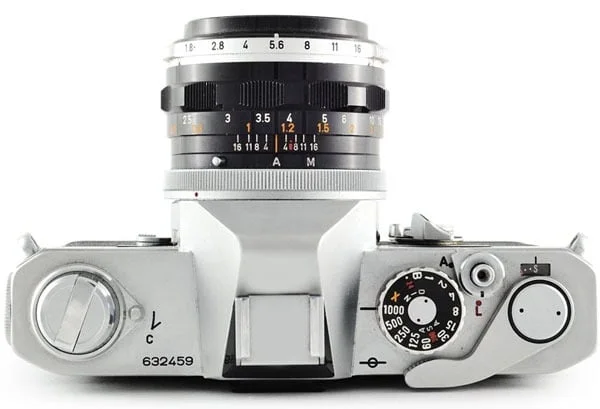What exactly is stock photography?
As I wrote in one of my previous blogs: a picture is worth a thousand words. Of course, the phrase is worn out, but it doesn't matter, it's still relevant. In this article, I will touch on, in fact, more about what stock photos are and the rights and restrictions we have when using them.
The term "stock" is familiar to most people who are at least a little involved in design or photography, but it actually means what it is supposed to mean - that is, stock. In practice, however, it means that we have pre-recorded photos with certain motifs and specific copyrights that allow their use for design or agency purposes (editorial). The latter are usually image masks and supporting image material for news. There, on a symbolic level, they display and furnish an article or news item a little more plastically, if we do not have concrete pictorial material available.
The story is similar in graphic design as well - sometimes it doesn't make sense to take photos specifically for an ad or banner, but we use an approximation of what we want. The exchange of this material experienced a real euphoric boom with the use of the Internet and micro stock agencies. Which again has its consequences, but more on that a little further down.
Types of stock photo usage rights
Well, let's get back to the rights we have when buying such image material. In general, we distinguish between two different usage rights: RF (royalty-free) and RM (rights managed).
RF (royalty-free)
With stock materials, the first one is most often used, which roughly speaking has the following characteristics:
- Although the use is called "royalty-free", it does not mean that the photo is free, it is protected by the same laws as all works of authorship.
- We can process the photo as we wish, but we cannot resell such a product as an author's stock product.
- We pay a usage fee for each use or publication.
- The time of use is not limited (so we can make our own stock, which doesn't really make sense).
- Exclusive rights to use such material: the photographer can sell the same photo to any number of buyers.
- Use is limited by the number of reproductions (say 50,000 copies of a newspaper containing the material in question).
"Right managed" use
Some stock photos may also be subject to more general rights of use, which are usually in use for commissioned photos. Usually, such a procedure is used more by stock agencies than by micro stocks. Such use is called RM, which means "rights managed" or licensed use. Here, however, the matter is different and the restrictions of use may be as follows:
- Type of use: agency use, corporate use and "editorial" - use in the media.
- Specific use: advertisement, poster, ...
- Expiry date from purchase.
- Circulation.
- Exclusivity (the photo can only be used by a specific subscriber who buys these rights).
- Territorial limitation.
- Size of use in print media – ½ page, ¼ page, …
As we can see, the rights to use stock photos are very different, as are the prices for purchasing this material. The quality and selection of photos may depend on the chosen agency. In the end, it's important to find the right photo that will meet the needs of the project.
Tomaž Berčič





